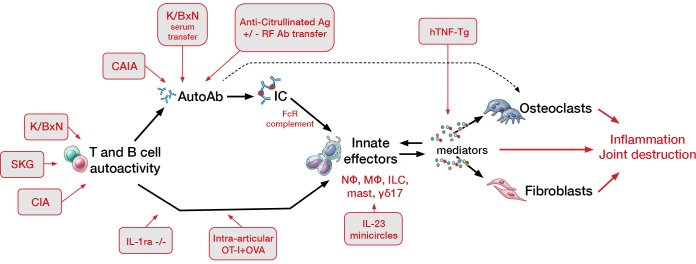Figure 1. Intersection of murine arthritis models with the pathogenic sequence of inflammatory arthritis.
Inflammation in murine arthritis can arise through immune dysfunction arising at a wide variety of levels, ranging from errant T and B cell–driven antigen targeting to overexpression of downstream inflammatory mediators. Autoimmunity can translate into arthritis via antibody-dependent pathways, typically through IgG and immune complexes (ICs), but also independent of autoantibodies through the action primarily of pathogenic T lymphocytes. Murine models (red-lined gray boxes) illustrating each respective mechanism are indicated. CAIA, collagen antibody–induced arthritis; FcR, Fcγ receptor; C′, complement; Cit, citrullinated peptide; OVA, ovalbumin; Nɸ, neutrophil; Mɸ, monocyte/macrophage; ILC, innate lymphocyte; mast, mast cell; hTNF-Tg, human TNF–transgenic. Modified from Monach et al. (184). Illustrated by Mao Miyamoto.

